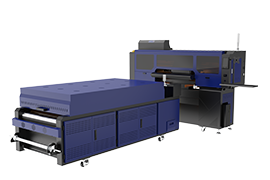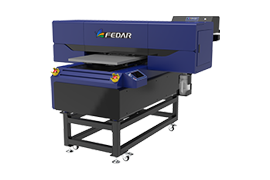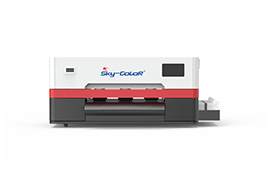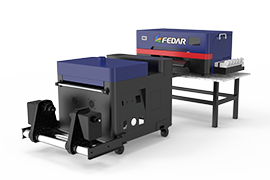Product Categories
- > Digital Textile Printer
-
- Fedar Sublimation Textile Printer
FEDAR FD61916E Sublimation Printer FEDAR FD1924 Sublimation Printer FEDAR FD1912S Sublimation Printer FEDAR FD61915E-A Sublimation Printer FEDAR FD5198E Sublimation Printer FEDAR FD51915E Sublimation Printer FEDAR FD53215E Sublimation Printer FEDAR FD61915E Sublimation Printer FD6198E 8 Heads Printer FD6194E 4 Heads Printer FD5194E 4 Heads Printer FD5328E 3.2m Printer FD5193E 3 Heads Printer Fedar TC Series Sublimation Printer(3heads,4heads,6heads)(Stop) FD5268E 2.6m Printer FD5223E 2.2m Printer (Stop) FD1900 2 Heads Printer AL193 3 Heads Printer (Stop) TC1932 2 Heads Printer (Stop)
- Fedar Direct To Film
FD1808 DTF Printer FDA3 Pro DTF Printer A3 DTF Printer FDA3 DTF Printer FD70-5 DTF Printer FD70-3 DTF Printer (Stop) FD30 DTF Printer (Stop) FD60 DTF Printer FD70-4 DTF Printer FD65-2 DTF Printer (Stop) FD70-2 DTF Printer (Stop) TR 4180 (Stop) FD 680 DTG (Stop) FD1828 Belt cotton printer (Stop)
- Fedar Sublimation Textile Printer
Fedar Printhead Maintenance Guide for Sublimation Printers: Maximizing Performance and Longevity
2025-10-28Operational Guidelines for Fedar Printheads
Always power off the sublimation printer and disconnect it from the mains before installing or removing any electronic components, including the printhead. Failure to do so can cause electrical damage and significantly reduce the service life of the printhead and other systems.
When replacing or adjusting the Fedar printhead, avoid using excessive force. Adhere strictly to the procedures outlined in the printer's user manual to prevent physical damage.
Never mix different types of inks. Various inks are formulated with different chemical compositions. Mixing them can induce adverse chemical reactions, leading to poor print quality and permanent clogging of the printhead nozzles.
Do not leave a printhead disassembled from the sublimation printer and exposed to the environment, especially in dusty areas. Solvent evaporation from the inks can cause the pigments/dyes to solidify, creating irreparable blockages. Clean clogged nozzles promptly to avoid permanent damage.
Printhead cleaning solutions can be corrosive. Use only a moderate amount as needed for each cleaning session to prevent unnecessary exposure.
Printhead Cleaning Protocols
For cleaning, use a medical syringe fitted with a thin tube and flush the nozzles with a strictly filtered cleaning solution. Inspect the nozzle plate under a magnifying glass. Gently remove any accumulated residue around the orifices with a soft, non-abrasive material. For printheads clogged due to prolonged inactivity, use a dedicated cleaning fluid for restoration.
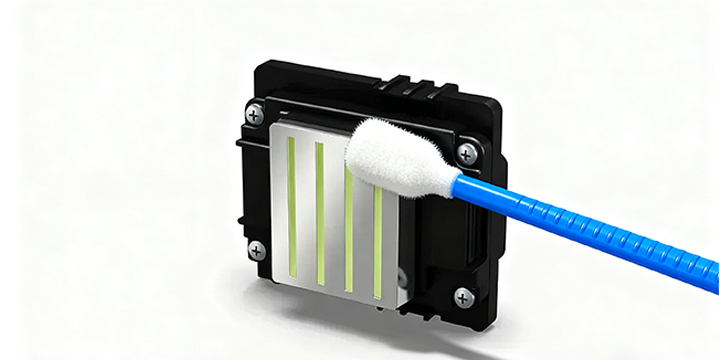
Refrain from using sharp tools to clean the printhead. Avoid impacting the printhead and do not touch the nozzle surface directly with your hands.
Do not dismantle or install the printhead while the system is energized or in an electrostatic-prone environment. Never touch the electrical contacts on the printhead with fingers or any objects.
Key Recommendation for Inks
It is highly advised to use genuine, high-quality inks, preferably the manufacturer's original formulations. These inks offer superior compatibility with the Fedar printhead, ensuring consistent printing performance and significantly extending the printhead's operational lifespan.


